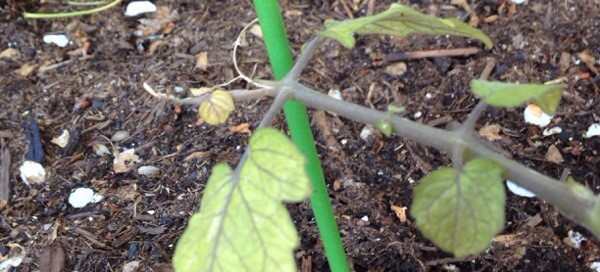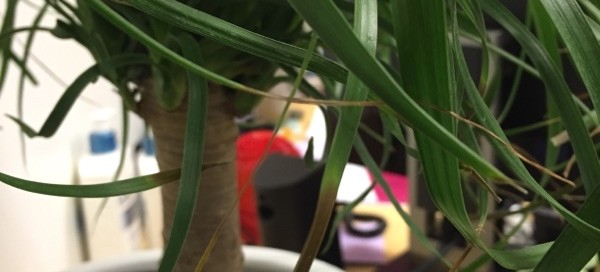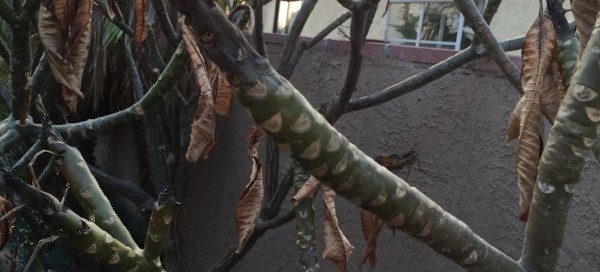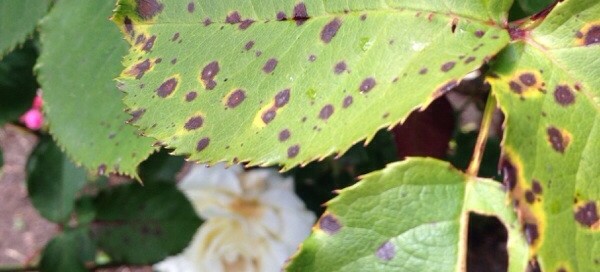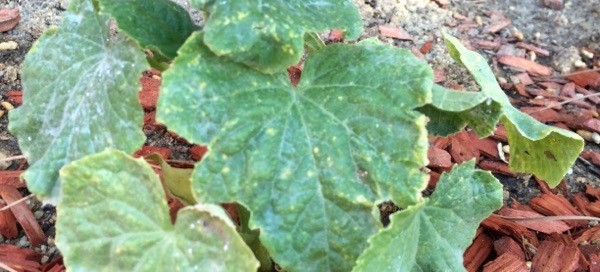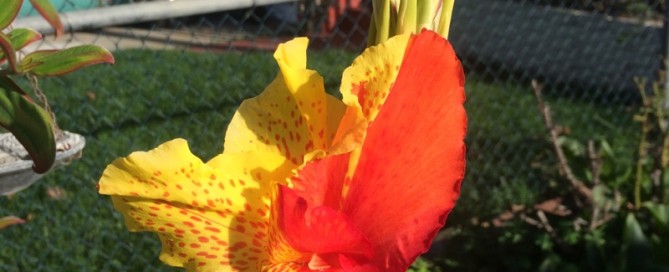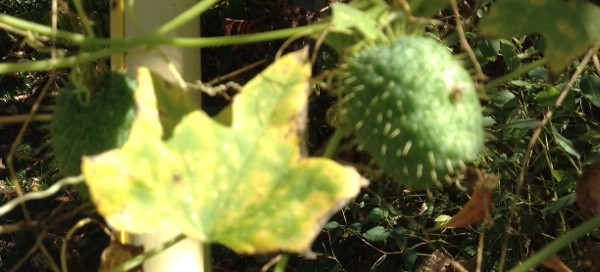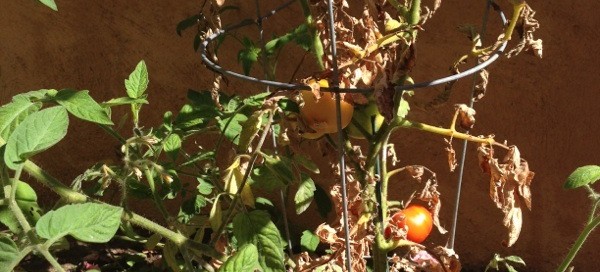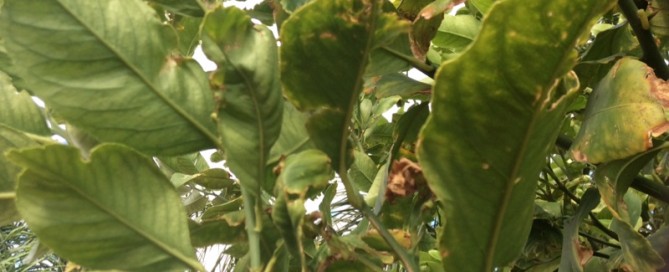Tomato Issue
It looks like there are a couple of things going on with your plant: 1-it looks as though either a snail/slug (not sure if there are snails/slugs in your area as it is pretty far inland) or a caterpillar has been munching on your plant. Here are a couple of links for those issues:
http://www.ipm.ucanr.edu/PMG/PESTNOTES/pn7427.html
http://www.ipm.ucdavis.edu/PMG/GARDEN/PLANTS/INVERT/folfeedcater.html
2-this plant appears to be in need of the proper nutrients. You might want to consider investing in a high quality fertilizer formulated for vegetables that contains micronutrients. Follow the directions on the label.
You would most likely be able to get advice and be able to purchase at your local independent garden center.
